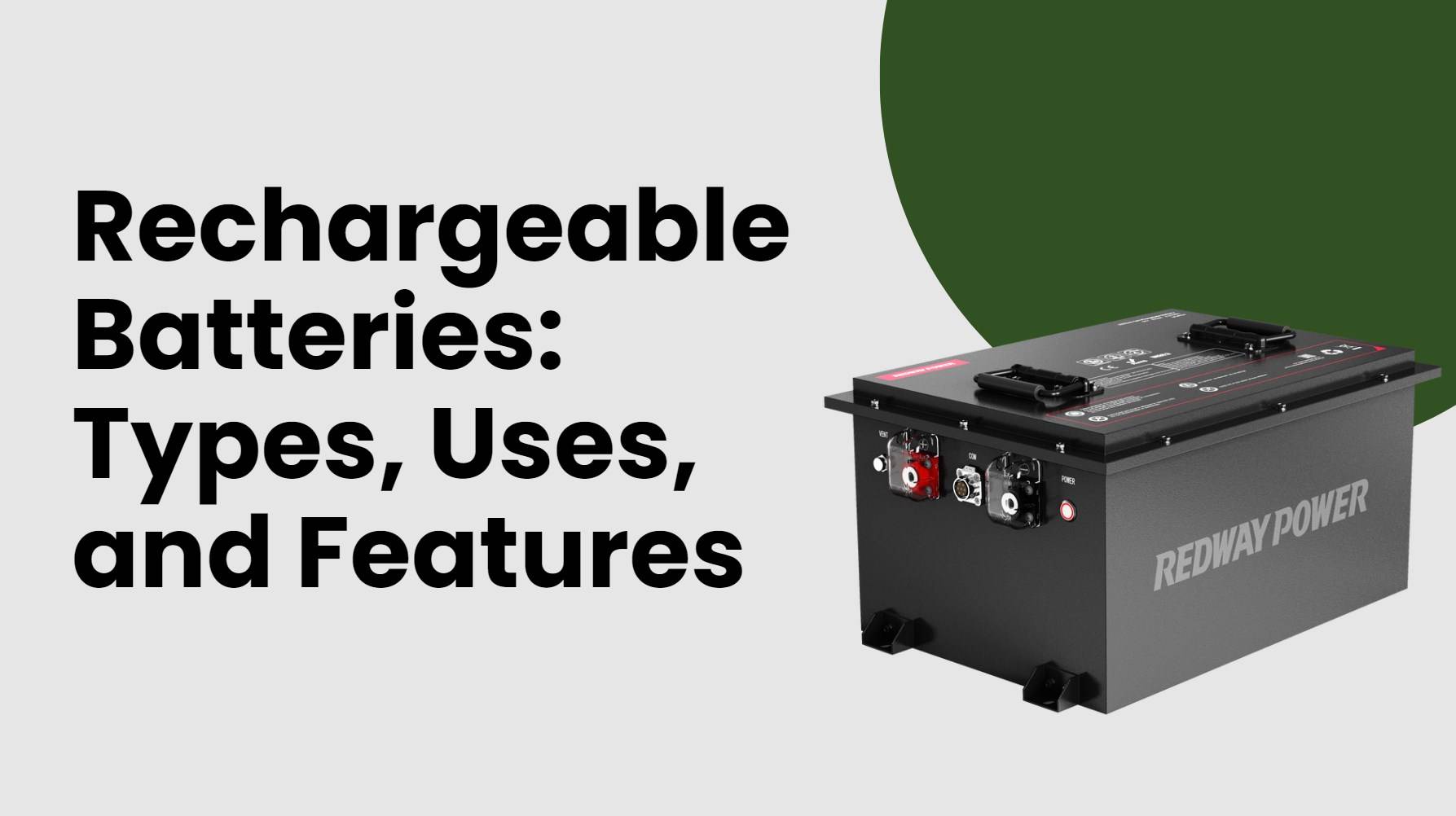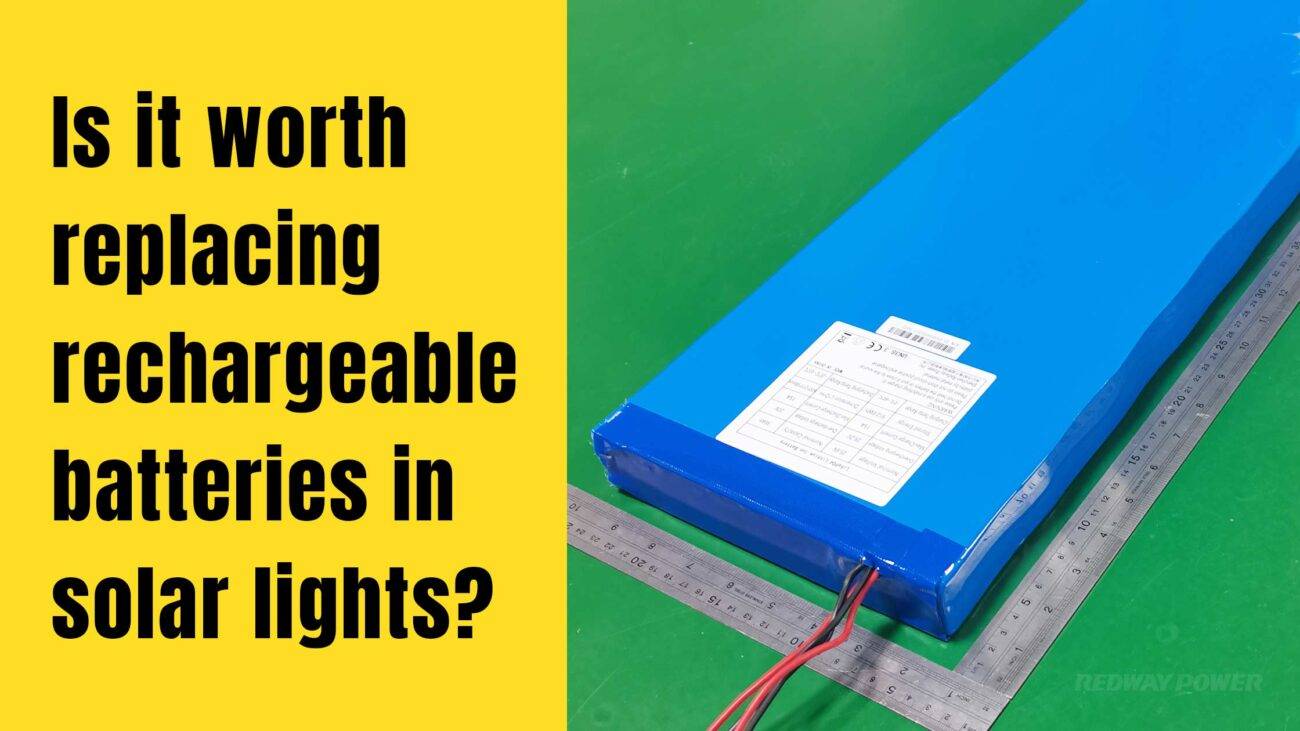
Blog
What Are the Types, Uses, and Features of Rechargeable Batteries?

Rechargeable batteries come in several types—nickel-cadmium (NiCd), nickel-metal hydride (NiMH), and lithium-ion—each offering distinct features suited for various applications. Their uses range from consumer electronics to electric vehicles, defined by factors like cycle life, energy density, memory effect, and environmental impact.
What are the different types of rechargeable batteries and their key features?
The three main types include NiCd, NiMH, and lithium-ion batteries. NiCd batteries are durable but suffer from memory effect and contain toxic cadmium. NiMH batteries have higher capacity, minimal memory effect, and are common in consumer devices. Lithium-ion batteries boast the highest energy density, longest cycle life, and require specialized chargers.
Rechargeable Battery Types and Features
| Battery Type | Voltage | Cycle Life | Energy Density | Memory Effect | Applications |
|---|---|---|---|---|---|
| NiCd | 1.2V | Up to 1000 | Moderate | Yes | Power tools, aviation |
| NiMH | 1.2V | Up to 1000 | Higher than NiCd | Minimal | Electronics, hybrid cars |
| Lithium-ion | 3.6-3.7V | 300-4000 | High | None | Smartphones, EVs, laptops |
How do nickel-cadmium (NiCd), nickel-metal hydride (NiMH), and lithium-ion batteries compare?
NiCd batteries are rugged but toxic and suffer memory effect. NiMH batteries offer better capacity and less environmental harm but have higher self-discharge. Lithium-ion batteries provide superior capacity, lighter weight, no memory effect, and longer lifespan, making them favored in modern high-power devices.
What are the common uses for each type of rechargeable battery?
NiCd batteries suit rugged applications—like aviation and power tools. NiMH batteries are widely used in household electronics and hybrid vehicles. Lithium-ion batteries dominate portable devices, electric vehicles, and large energy storage systems.
How long do different rechargeable batteries typically last?
NiCd and NiMH usually last up to 1000 cycles. Lithium-ion battery cycle life varies widely from 300 to as high as 4000 cycles depending on chemistry and usage patterns.
How do rechargeable batteries impact environmental sustainability?
Rechargeable batteries reduce waste by replacing single-use batteries, especially when recycled properly. NiMH and lithium-ion avoid heavy metals like cadmium. Sustainable manufacturing and recycling programs, supported by companies like Redway Power, help minimize environmental impact.
How do you choose the best rechargeable battery for your device?
Choose based on device requirements—power, voltage, size, cost, and usage pattern. Lithium-ion excels in high-drain, long-term use. NiMH fits moderate power needs economically. Always pick batteries from trusted OEMs like Redway Power to ensure quality and safety.
Are rechargeable batteries interchangeable with alkaline batteries?
NiMH batteries often replace alkaline in many devices due to similar voltage, while lithium-ion batteries need device compatibility due to higher voltage. Always verify before substituting batteries.
How should rechargeable batteries be maintained for maximum lifespan?
Avoid deep discharges, store in cool dry places, use proper chargers, and cycle periodically. Lithium-ion batteries benefit from integrated battery management systems to optimize performance and safety.
How does Redway Power’s lithium battery technology innovate the rechargeable battery market?
Redway Power pioneers high-density lithium battery packs with integrated management systems that extend cycle life, enhance safety, and reduce environmental impact. Their OEM expertise serves diverse sectors, pushing the boundaries of rechargeable technology.
What safety precautions are necessary when handling rechargeable batteries?
Prevent short circuits, overheating, physical damage, and use certified chargers. Redway Power’s advanced batteries include safety features like overcharge and thermal protection to minimize risks.
How do rechargeable batteries contribute to reducing electronic waste?
By enabling multiple reuse cycles and supporting recycling, rechargeable batteries greatly diminish landfill waste and toxic pollution, aligning with global sustainability goals promoted by companies like Redway Power.
Redway Power Expert Views
“The evolution of rechargeable batteries is catalyzed by lithium technology innovation. Redway Power’s commitment to excellence delivers battery packs that combine durability, advanced management, and eco-conscious manufacturing, empowering industries with reliable and sustainable power.” – Redway Power Senior Engineer
Conclusion
Rechargeable batteries are indispensable, each type purpose-built with unique features and uses. Understanding their nuances facilitates better choices, enhances longevity, and fosters sustainability. Redway Power’s lithium innovations exemplify next-generation battery performance and responsible energy solutions.
FAQs
What are the main types of rechargeable batteries?
NiCd, NiMH, and lithium-ion, each with differing voltage, capacity, and applications.
Can rechargeable batteries replace alkaline batteries?
NiMH can often replace alkaline, whereas lithium-ion requires compatible devices.
How many cycles do rechargeable batteries last?
NiCd and NiMH up to around 1000 cycles; lithium-ion varies between 300 and 4000 cycles.
Are rechargeable batteries environmentally friendly?
Yes, they reduce waste and toxic metals, especially when recycled properly.
Why choose Redway Power batteries?
Redway Power offers high-quality lithium batteries with integrated safety and sustainability features.







